Board games are great to have around, especially if you’re someone who regularly hosts game nights with friends and family members.
And while it’s fun to compete in a heated game of Eldritch Horror or Bang!: The Dice Game, you shouldn’t lug around that same tension when you’re putting away what you’ve played.
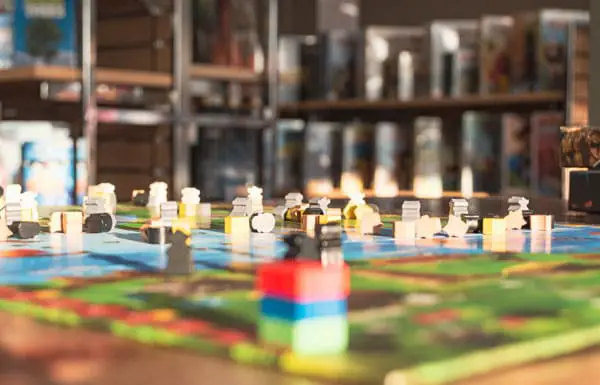
If you’re having trouble organizing and storing your board games, then this article is perfect for you.
Below, we talk about different ways you can organize and store your board games at home.
Let’s get organizing!
What You’ll Need
Set aside time during the weekend to organize your board games and make room for more!
Here’s what you’ll need to get started:
- Resealable bags in different sizes (to store game pieces and cards)
- Elastic headbands (optional)
- Wire pan rack (optional)
- Plastic card containers (optional)
- Post-It notes (for labeling)
- Packing tape
- Measuring tape
- Boxes of different shapes and sizes (to replace tattered or torn boxes)
- Markers
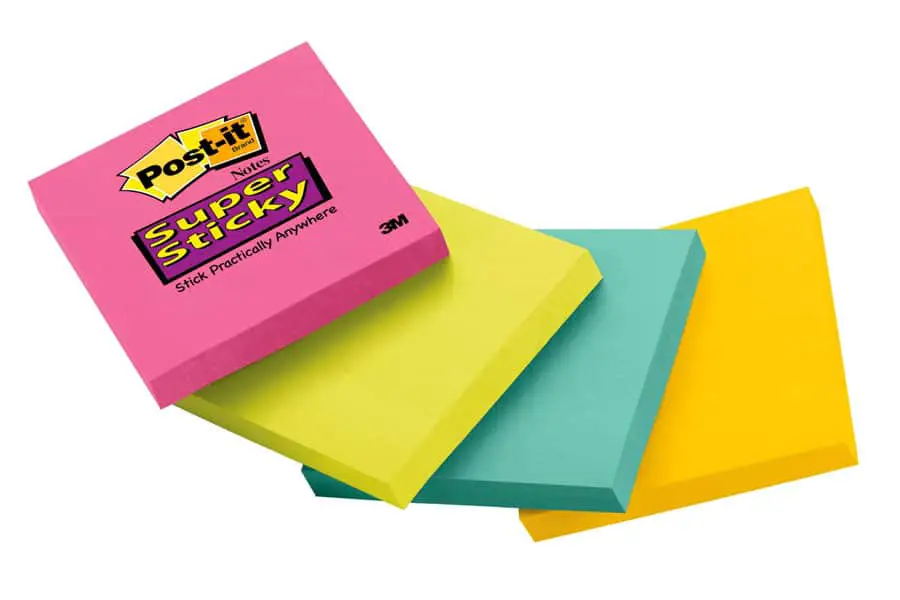
Round-Up and Purge
If you’ve ever heard of the KonMari Method, this is technically one of the steps from the technique
Krok 1
Gather all of your board games and put them in a huge pile.
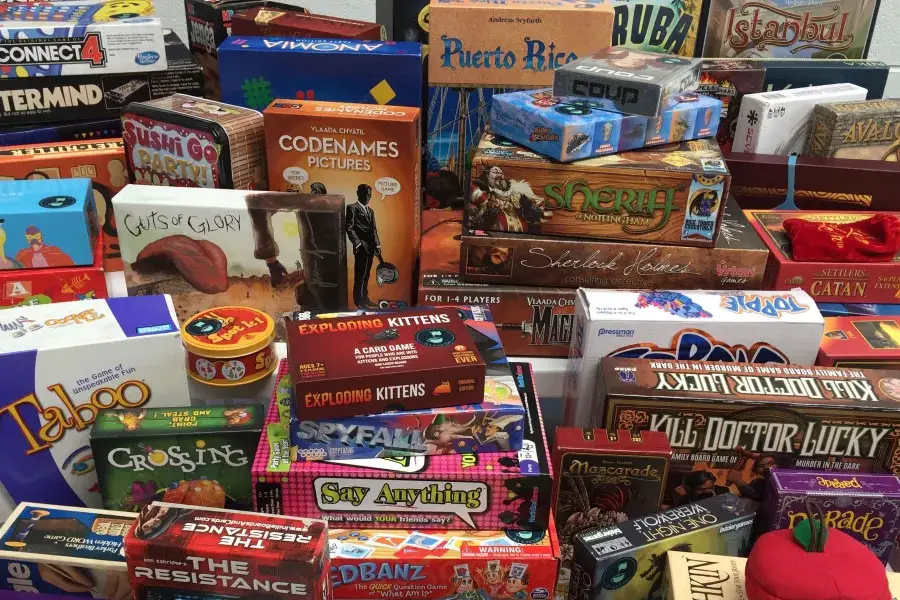
Krok 2
Go through each of them and check if there are any games with missing pieces or cards.
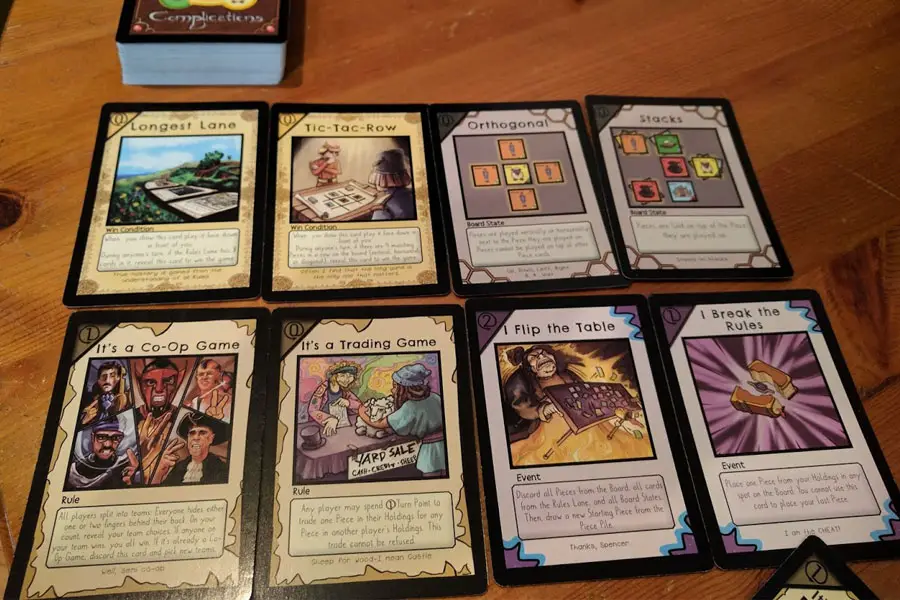
Krok 3
Take note of which games you want to keep and which ones you’re ready to purge from your collection. The point of this process is to free up more space in your cabinets and closets to make organizing and storing easier.
Krok 4
Put your “to keep” items and your “to purge” items in separate piles. Once you’re sure about your decision, place your “to purge” items into a big box then set them aside to donate.
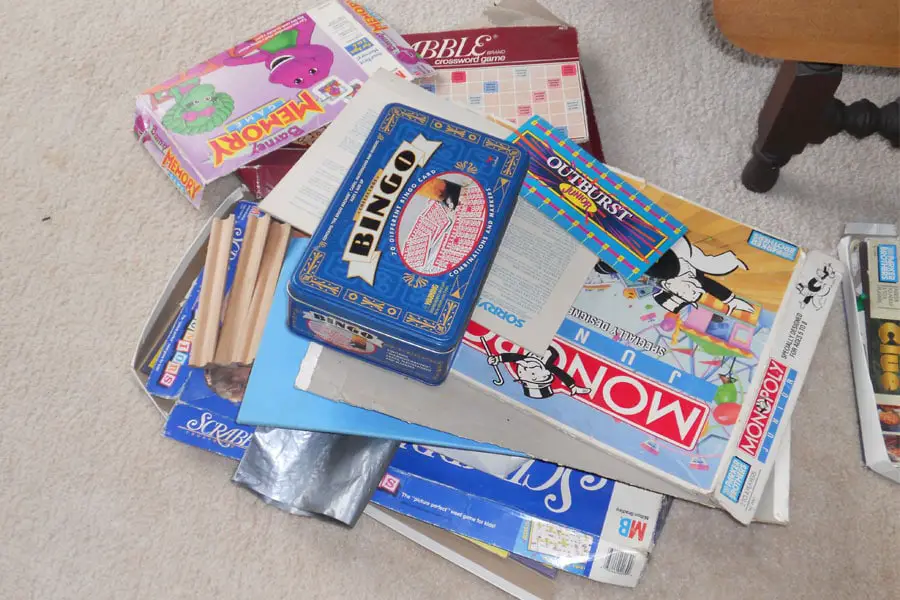
How to decide which games should go and which ones should stay
Just like all things, it can be difficult to let go of board games, especially if it’s something you’ve formed a special fascination and attachment to. Still, there are times when it becomes necessary to let go of a board game.
You should let go of board games when:
- They have more than one missing piece.
- It’s lived longer on your shelf than on your gaming table.
- You don’t find it interesting anymore.
Where to take your old board games
While it’s perfectly fine to hand over your unwanted board games to a thrift shop and make a bit of a profit from it, there are several facilities that could benefit greatly from your donations.
A few “better places” to hand over y our board games:
- Libraries
- Classrooms
- Senior centers
- Homeless shelters
- Daycare and after-school care centers
- Nursing homes
- Rehabilitation centers
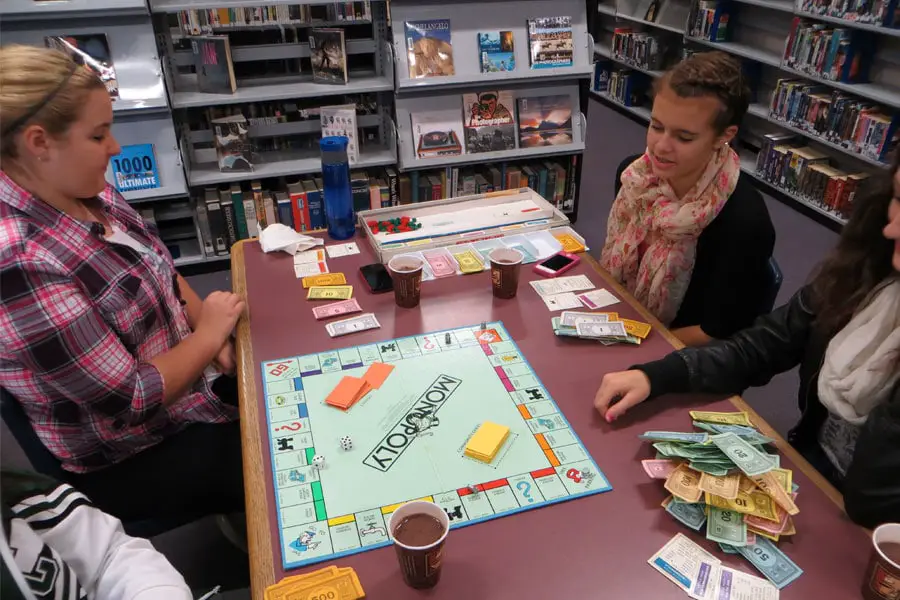
Dealing with missing board game pieces
If your favorite game is missing a couple of pieces, you don’t necessarily have to trash it or buy a new set.
There several creative ways you can save your favorite game, like:
- Replacing lost game and character cards with handmade ones.
- Replacing pieces like pawns with other items, like thimbles, expired lipstick tubes, mini action figures, marker lids, or curled pipe cleaners.
- Download scorecards for free online and print them at home.
- Get a backup set of dice for $3 on Amazon.
No More Spills
After separating the games you want to keep from the ones you’re ready to let go of, it’s time to secure your game pieces.
Krok 1
Prepare your resealable bags. You can buy these from Amazon for as low as $8/set.
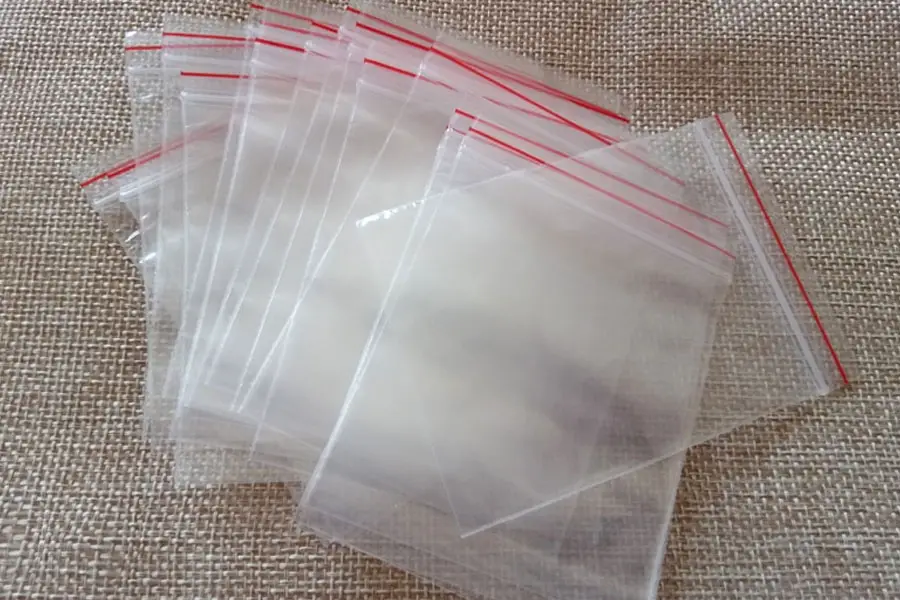
Krok 2
Go through each box and make sure that all game pieces are complete. Separate the pieces into designated resealable bags.
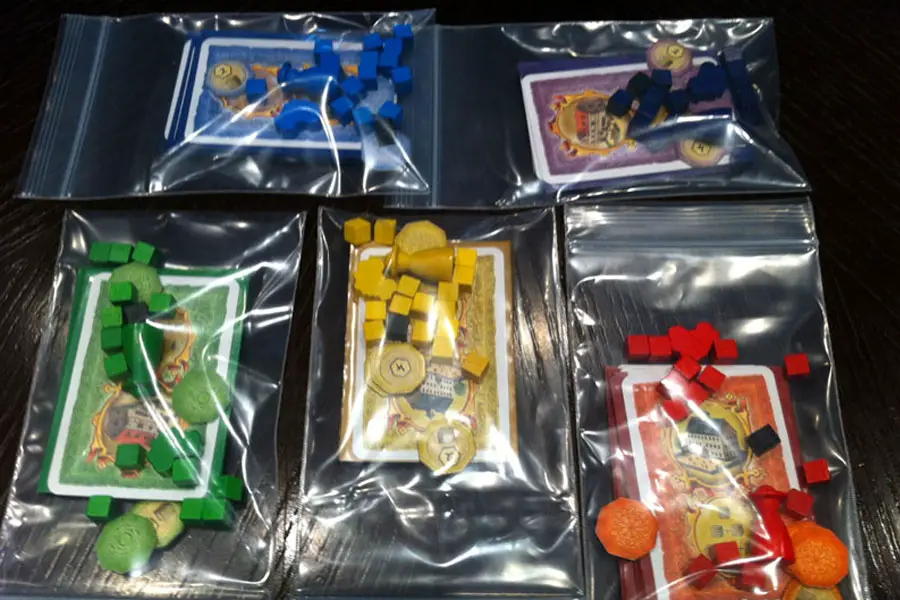
Krok 3
After separating the pieces, take out your post-it notes and label each bag with the number of pieces they contain. This way you can keep track of them when you play in the future.
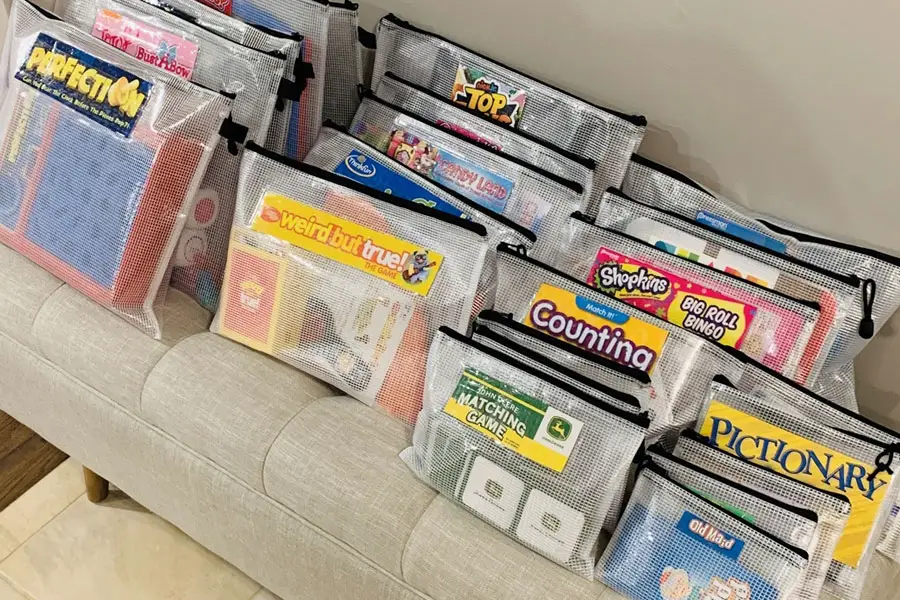
Krok 4
Once all the pieces have been segregated and labeled, put them back into their respective boxes and seal.
How to keep boxes sealed in storage
If there’s one thing more annoying than a disorganized board game cabinet, it’s box lids that won’t stay on after you put them away.
A simple way to solve this issue is to use non-slip elastic headbands to keep box lids from sliding off.
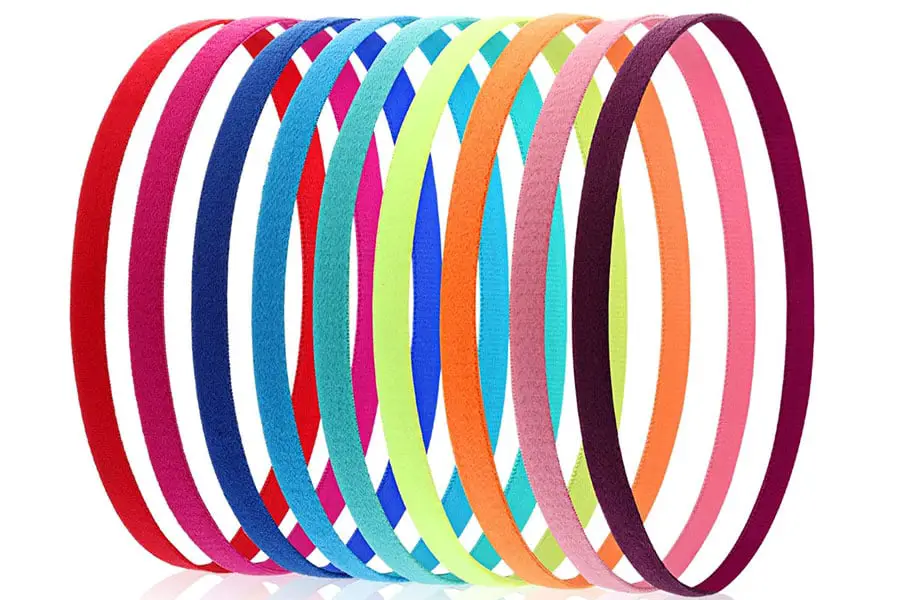
These things only cost around $7 to $10 per set. So if you have the extra cash, it wouldn’t be such a bad idea to invest in a couple of elastic headbands.
Categorizing Board Games
There are several ways to categorize your board games. You can do it by genre (e.g., sci-fi, horror, mystery) or by type (e.g., campaign, social deduction, bluffing, abstract).
Whichever method you choose, make sure it’s something that you (and everyone else) can easily remember. You don’t want to end up lost and confused with your new organizing technique.
Giving Your Board Games a Home
Once you’ve purged your collection of games you don’t play anymore and categorized them into different sections, it’s time to find your games a new home!
Krok 1
Get your measuring tape and measure both the length and width of your board game. Write these measurements on a piece of paper to keep track.
Krok 2
Mark your shelf with tape corresponding to your game board measurements.
Krok 3
Once all the markers are in place you can start putting your board games into their proper places.

Although there’s nothing completely wrong with storing your board games horizontally on their shelf, there are some downsides to this method.
For one, pulling board games from underneath other board games is an easy way to mess up the arrangement.
And although it’s a great way to maximize storage space, it’s also a surefire way to crush and destroy the boxes that your board games come in. (Unfortunately.)
The best way to make sure that your games stay safe and secure is by storing them vertically on a shelf, a cubby, or a table.
How to keep boxes standing upright
As much as we don’t want it to happen, some boxes just won’t stay upright on a shelf. To avoid dealing with dilapidated boxes, you can use a wire pan rack to keep your board games standing upright!
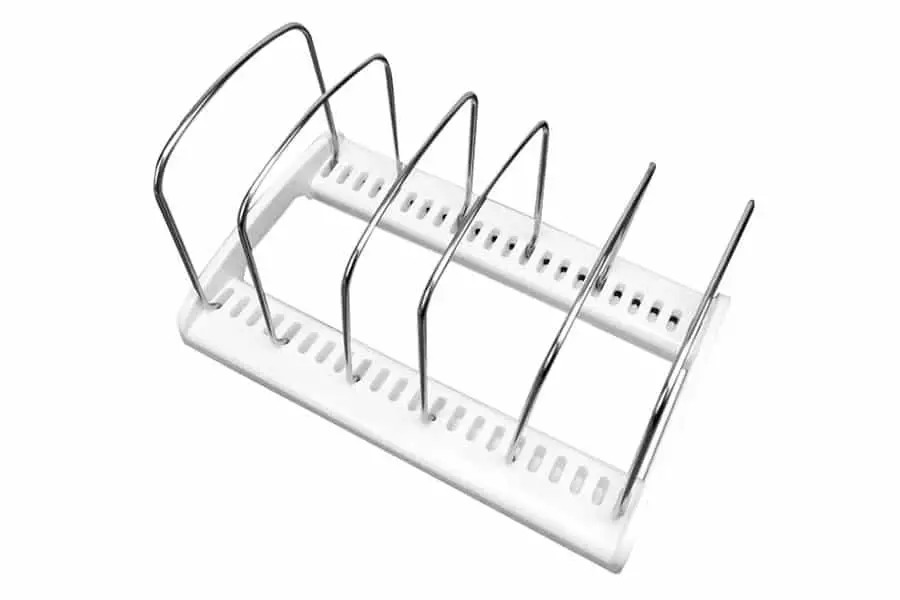
Worried that some of your games won’t fit into the rack? No sweat!
Baskets and Bins
Baskets and bins are perfect for storing smaller board games and card games such as Bang!, UNO, Spot It, and many others. You can easily pull them in or out of shelves, which can be great if you’re in a hurry to start a game.
After a match, you can also easily return the games you used by simply pulling out the bin and dropping in the game.

No need to worry about arranging or stacking games up. Once the bin is safely tucked away in its cubby hole, it’ll be out of sight, leaving your space looking clean and tidy all the time!
How to preserve playing cards
The thing with card games is that their box containers always get worn down. Either because of bad handling or normal wear and tear.
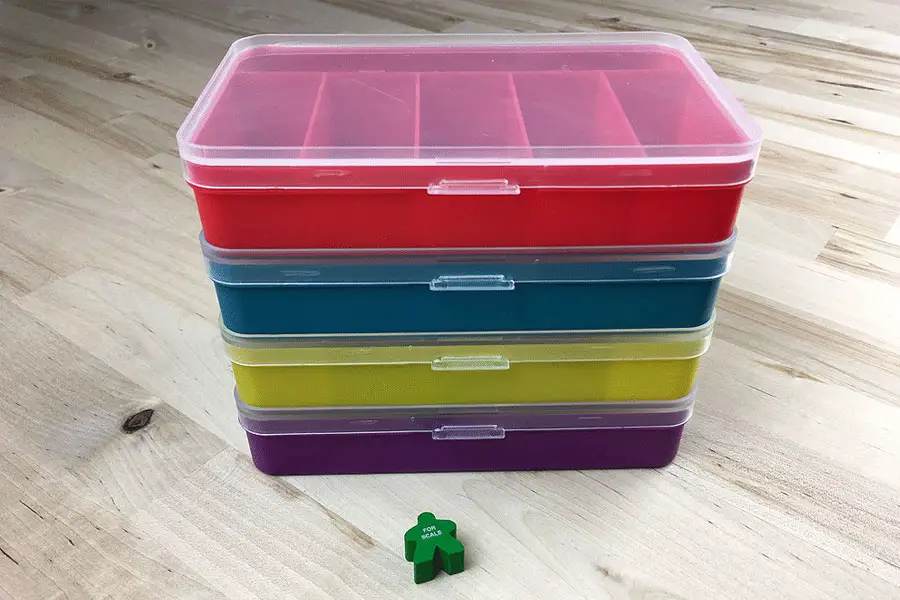
Getting a plastic case for your cards can help extend their lifespan and preserve their quality.
You can also repurpose soapboxes if you’re looking for a more inexpensive alternative.
Index-card holders work nicely, too. But some designs might be too bulky to keep in a plastic bin.
Keeping a Board Game Log
If you want to take your board game organization efforts to the next level, making a log of all your games is a great place to start. This can help you keep track of the number of games you have in storage, what titles get played and borrowed the most, and who the last person to take a game out of your collection was.
(It’d be like your typical library but for board games!)
Wniosek
It’s great to have a variety of board games around the house to accommodate every type of player during game nights. But if you don’t have the right organization and storage systems in place, you’ll end up with a house full of clutter and no more wiggle space to move in.
If you enjoyed this article, don’t forget to share it with your friends and family.
Think we missed something?
Let us know in the comments section, below!